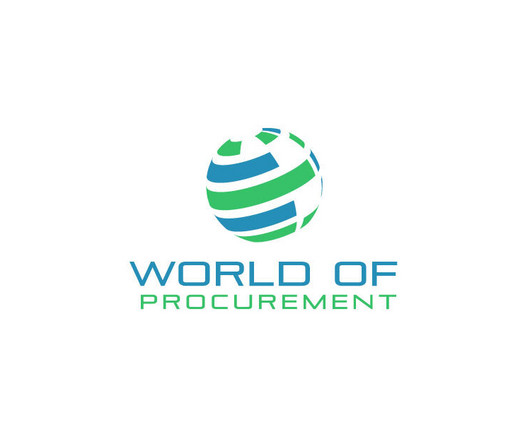Building Blocks of Supply Chain Strategy!
Supply Chain Game Changer
JUNE 30, 2022
Demand Planning. Rather than creating the demand, businesses need to be able to respond quickly to customer demand. Demand planning helps your business understand the current demand for a good or service and predict future demand. Consolidation.











Let's personalize your content